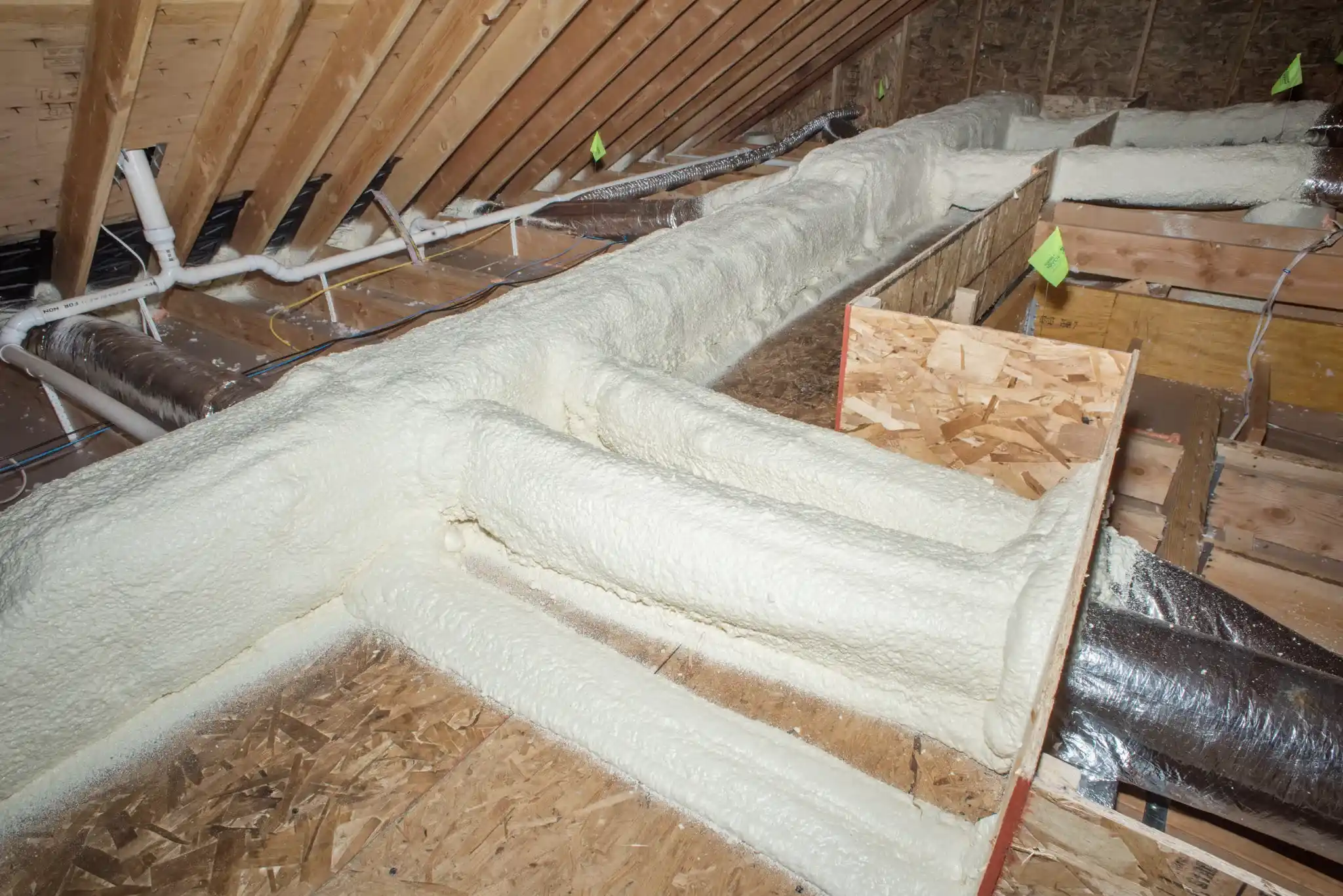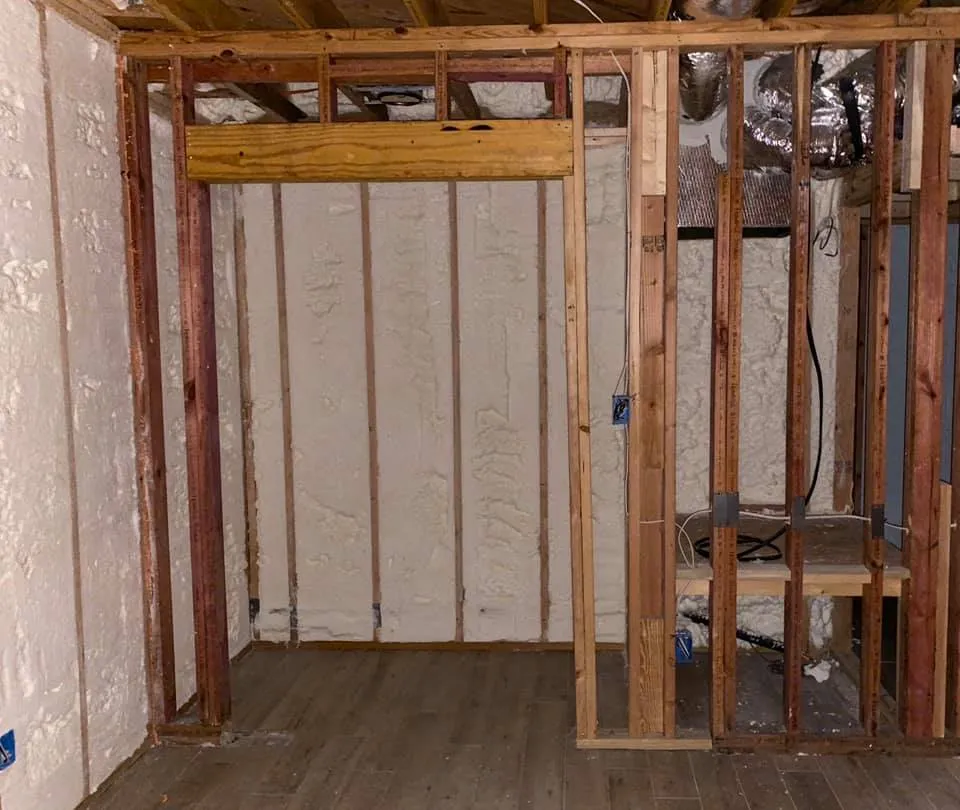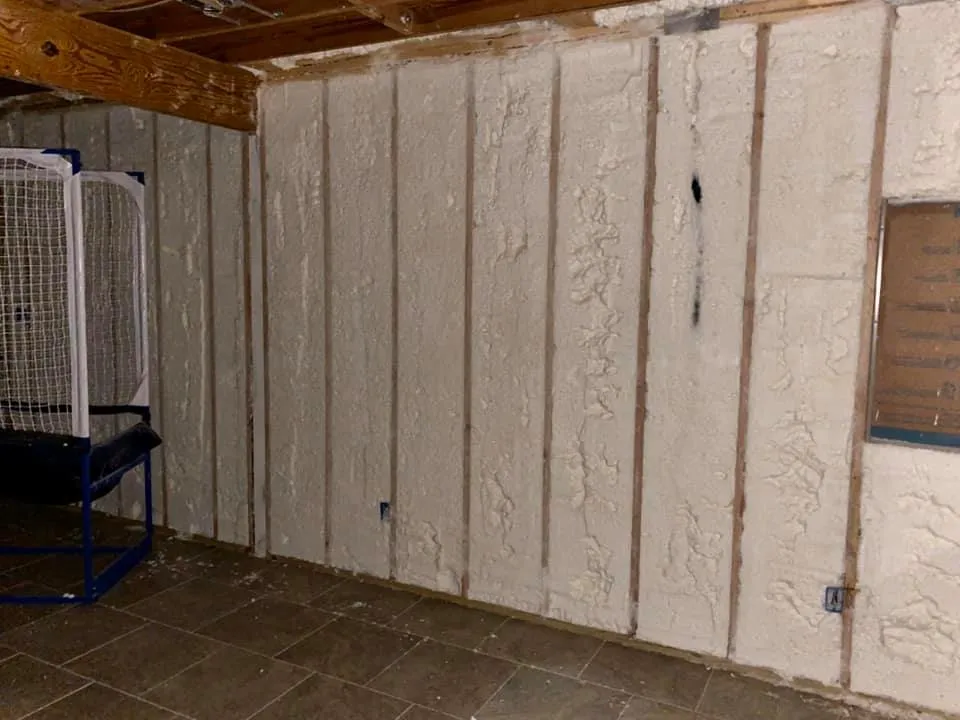Air sealing should be completed before adding spray foam insulation in Driftwood homes to prevent concealed air leaks from undermining insulation performance. Sealing gaps, cracks, and penetrations ensures the foam isn’t relied on as a substitute for proper air barrier detailing. Although spray foam does expand to fill cavities, it does not inherently correct for structural voids or poor building envelope continuity.
Applying air sealing first creates a defined boundary, allowing spray foam insulation to insulate more effectively. This sequence enhances energy efficiency, prevents moisture accumulation, and extends the lifespan of both insulation and building components. This guidance is based on extensive fieldwork in Driftwood, where mixed-humid conditions require precise thermal and moisture control strategies.
Why This Order Matters in Driftwood Texas Homes
Climate Relevance in Driftwood
Driftwood, located in the Texas Hill Country, experiences significant humidity fluctuations and summer heatwaves. These environmental conditions can exacerbate air leakage issues, leading to condensation within wall and attic cavities if not properly sealed.
Performance Consequences of Skipping Air Sealing
| Issue Without Air Sealing | Impact After Spray Foam Installation |
|---|---|
| Hidden air gaps remain | Continued energy loss |
| Moisture infiltration | Potential for mold or rot |
| Compromised R-value | Inconsistent indoor temperatures |
| Thermal bridging | Shortened HVAC equipment life span |
Bonus Tip: Use blower door testing to identify leakage points before insulation. This validates sealing efforts and ensures better final results.
Technical Comparison of Application Methods
| Parameter | Air Sealing First + Spray Foam | Spray Foam Alone |
|---|---|---|
| Airtightness (ACH50) | 2.0 or lower | 3.5 or higher |
| Moisture Control Efficiency | High | Moderate |
| Long-Term Durability | Strong | Moderate |
| Post-install Maintenance | Minimal | Possible retrofits |
Data reflects case studies from homes retrofitted in Travis and Hays Counties between 2021-2024.
Things to Consider Before Making a Decision
- Existing Construction Quality: Poor framing or outdated materials may have multiple leakage points needing attention before foam application.
- Project Type: In new builds, sequencing air sealing then spray foam is straightforward. In retrofits, access and visibility dictate additional prep work.
- Material Compatibility: Air sealants should bond well with substrates and not react chemically with spray foam ingredients.
- Ventilation Strategy: Achieving airtightness demands a ventilation plan to maintain indoor air quality.
Bonus Tip: For older homes with multiple additions, infrared scanning can expose inconsistencies hidden by finish materials.
Regional Performance Standards and Material Specs
| Specification | Recommended Value / Range |
|---|---|
| Spray Foam Type | Open Cell or Closed Cell |
| R-Value (per inch) | Open Cell: ~3.6 / Closed Cell: ~6.5 |
| Air Leakage Standard (ACH50) | < 3.0 for mixed-humid zones |
| Water Vapor Permeance | Open Cell: High / Closed Cell: Low |
| Sealant Flash Point | > 200°F |
| Service Temp. Range | -40°F to 180°F |
Source: U.S. Department of Energy, 2024; Energy Star Guidelines for Southern Climate Zone.
Common Questions Before Starting Work
Can spray foam alone act as an air barrier?
Not reliably. Gaps at transitions or penetrations still require sealing.
Is pre-sealing necessary with closed cell foam?
Yes. Closed cell offers structural benefits but doesn’t correct for substrate flaws.
How do I know if a home needs air sealing first?
Use diagnostic tools like blower door tests or thermal imaging.
Will air sealing delay the insulation schedule?
No, when properly planned. Most sealants cure quickly and allow same-day foam application.
Services Stellrr Offers for Proper Installations
- Open Cell Insulation: Expands to fill framing cavities; works best when paired with air sealing.
- Closed Cell Insulation: Dense, moisture-resistant solution ideal for crawlspaces and basements.
- Insulation Removal: Extracts old or compromised material to prepare a clean surface for new installs.
- Crawlspace Insulation: Addresses floor drafts and humidity issues from below-grade environments.
Get Expert Insulation Guidance
For homes in Driftwood and the surrounding Hill Country, proper sequencing of air sealing and spray foam insulation matters. Poor execution leads to hidden energy loss and moisture issues. Field experience across hundreds of installations confirms the lasting value of doing the job in the right order.
Contact Stellrr for reliable insulation planning:
Email: info@stellrr.com
Phone: (512) 710-2839
FAQs
What happens if spray foam is applied without air sealing?
Spray foam may expand into cavities but won’t seal transitions, junctions, or penetrations. These areas remain leak-prone.
Can air sealing and insulation be done on the same day?
Yes, with proper scheduling and fast-curing sealants, both steps can be performed consecutively.
Is it possible to air seal too much?
Over-sealing can limit ventilation. A mechanical ventilation plan should be included in highly sealed homes.
How does air sealing improve HVAC performance?
It reduces load demands, allowing systems to run shorter cycles and maintain more stable indoor temperatures.
What materials are best for air sealing?
Polyurethane caulk, spray sealants, and foam gaskets are effective. Selection depends on surface type and joint size.





